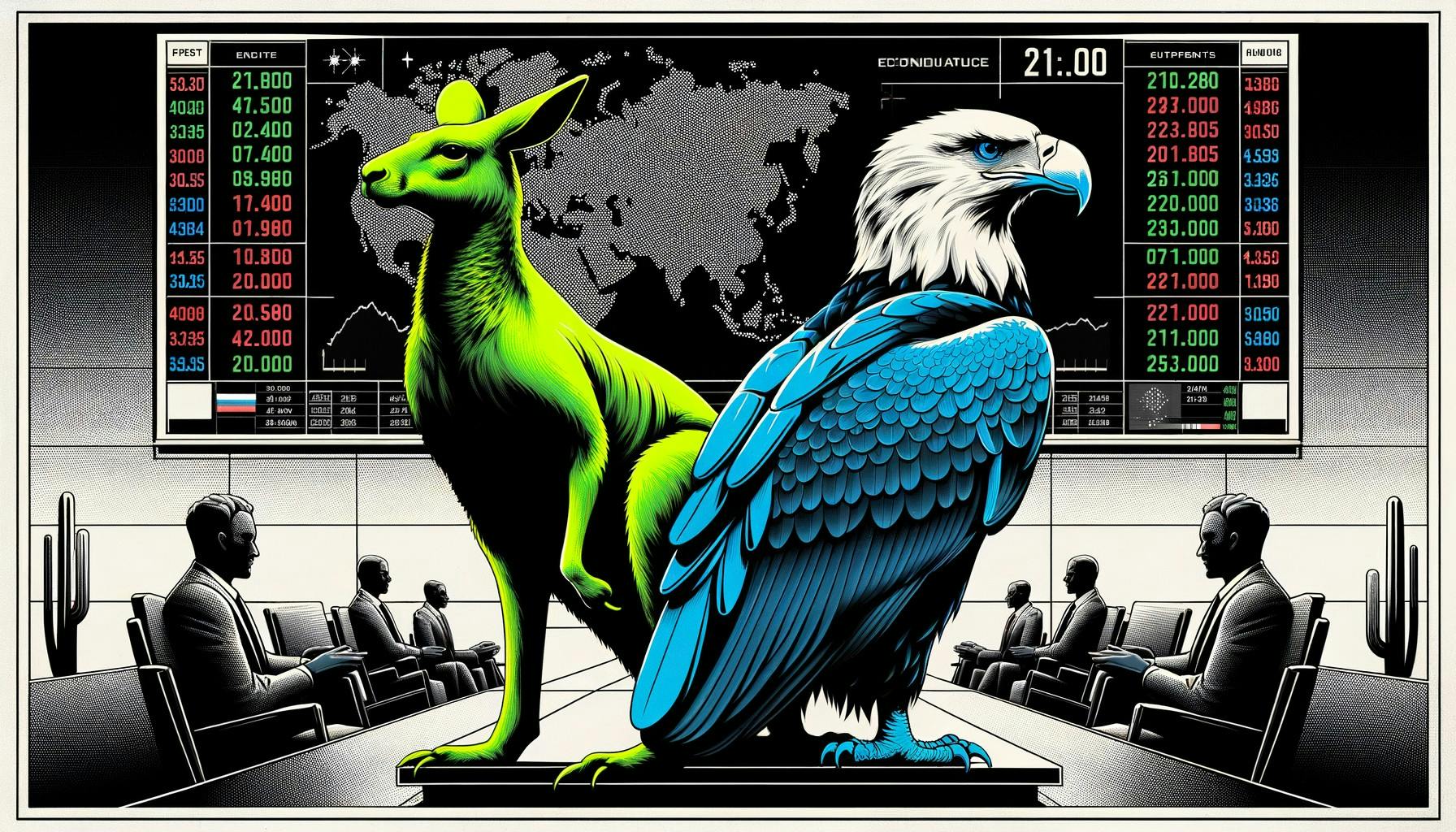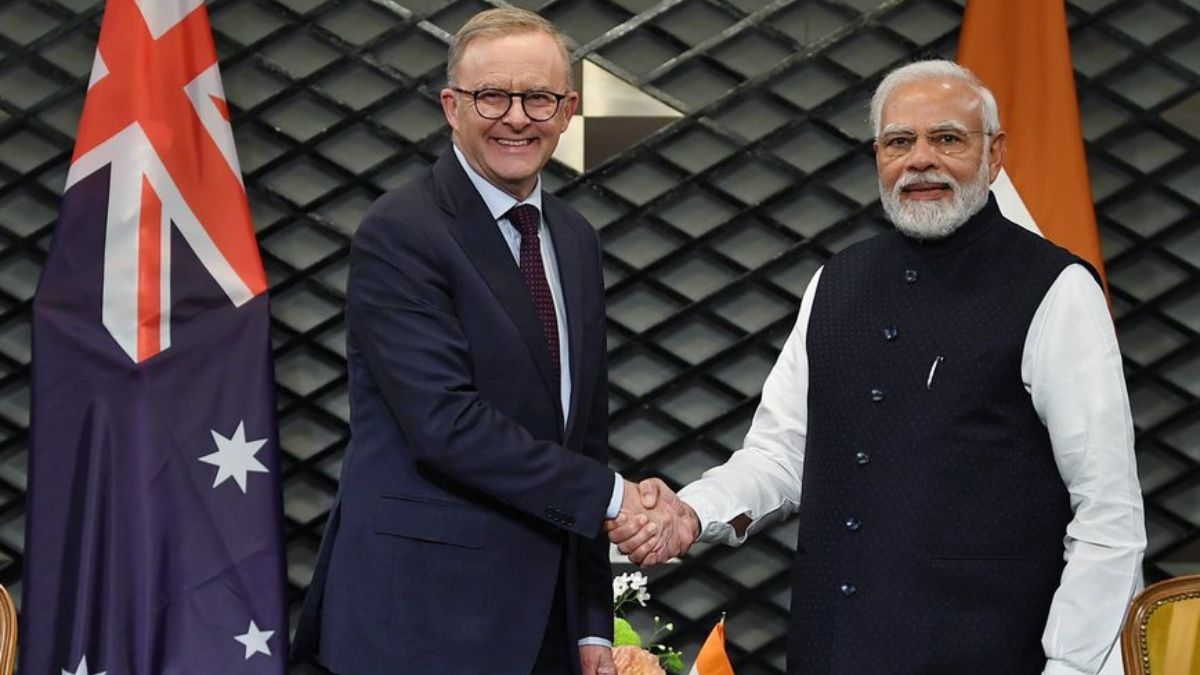Australian Dollar Gains On Strong Job Data, While US Dollar Holds Firm

- by Admin
- October 17, 2024

What’s going on here?
The Australian dollar gained momentum this week, climbing 0.66% to reach $0.6710 due to an unexpected employment boost, while the US dollar remained strong near an 11-week high amid positive economic data and political chatter.
What does this mean?
Australia’s labor market is thriving, adding an unexpected 64,100 jobs in September, surpassing forecasts and marking six months of solid growth. This robustness may lead the Reserve Bank of Australia to postpone rate cuts next month, bolstering the Aussie dollar. Meanwhile, the US dollar remains robust, buoyed by optimistic economic data and discussions about Donald Trump’s potential election bid, keeping the currency index steady at 103.47. Other currencies like the Chinese yuan experienced slight gains as government support for the property sector provided stability, while the euro remained unchanged amid expectations of an ECB rate cut.
Why should I care?
For markets: Currencies balance on economic dynamics.
Recent currency shifts highlight the complex interplay between employment data, inflation expectations, and central bank policies. Australia’s labor market strength influences monetary policy decisions crucial for investors. Conversely, the US dollar’s performance, linked to potential political changes and economic indicators, could impact global trade dynamics.
The bigger picture: Global economic trends steer monetary policies.
These developments underscore the broader narrative of how global economies are influencing central banks. Australia’s strong job market delays possible rate cuts, while potential Trump policies may affect US inflation and impact Federal Reserve decisions. These interdependencies emphasize the need to monitor global economic signals to predict future policy directions and global market responses.
The Latest News
-
November 25, 2024‘I’m staggered by that’: Hazlewood comments point to divided team, say Test greats
-
November 25, 2024‘Never seen that from an Australian’: Paceman’s ‘unwarranted comments’ spark team divide question
-
November 25, 2024Australia v India: first men’s Test, day four – live
-
November 25, 2024Australia v India LIVE updates: Australia stares down heavy home defeat as veterans face the music
-
November 25, 2024Australian council backs tech-neutral consumer laws for AI



